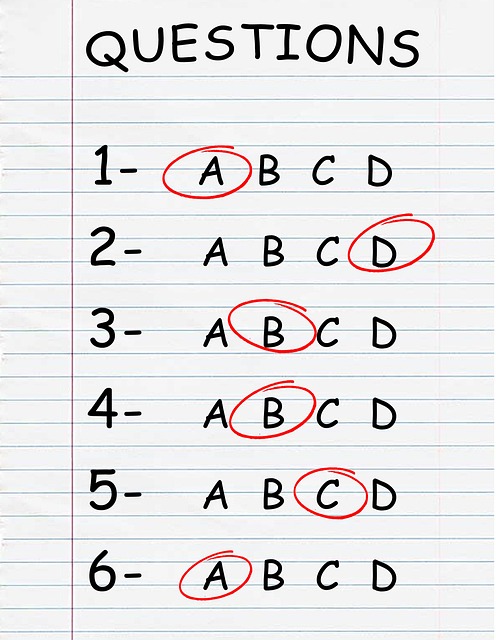In the UK healthcare sector, accurate translations of diagnostic test results are critical for patient safety and effective care. Specialized translation services play a vital role in bridging language barriers between healthcare professionals and patients from diverse linguistic backgrounds. Professional medical translators ensure clear communication, prevent misunderstandings that could lead to inappropriate treatments or delayed diagnoses, and ultimately improve patient outcomes. Reputable translation companies employ skilled linguists with medical expertise, following stringent quality assurance protocols to deliver precise translations that adhere to NHS guidelines. Advanced machine translation technologies enhanced by human oversight offer a hybrid solution, combining speed with precision while preserving confidentiality and quality of care. Emerging trends like AI and machine learning are revolutionizing these services, promising faster processing times and enhanced accuracy for diverse languages spoken across the UK.
In the realm of healthcare, accurate translations of diagnostic test results are paramount. Misinterpretations can lead to misdiagnosis and mistreated patients. This article delves into the critical importance of precise translations in medical settings, exploring challenges from cultural nuances to regulatory compliance. We examine the role of professional translation services, best practices for improving accuracy, and the evolving landscape with human vs machine translation. Understanding these factors is essential for ensuring quality care, particularly within the context of Translation Services for Diagnostic Test Results UK.
- Understanding the Importance of Accurate Translations in Healthcare
- Challenges in Translating Diagnostic Test Results
- The Role of Professional Translation Services
- Ensuring Quality and Precision in Medical Translations
- Compliance with Regulations: A Key Aspect of Translation Accuracy
- Case Studies: Real-World Examples of Translation Errors
- Best Practices for Improving Diagnostic Result Translation Accuracy
- The Impact of Human vs Machine Translation in Healthcare
- Future Trends in Diagnostic Test Results Translation
Understanding the Importance of Accurate Translations in Healthcare
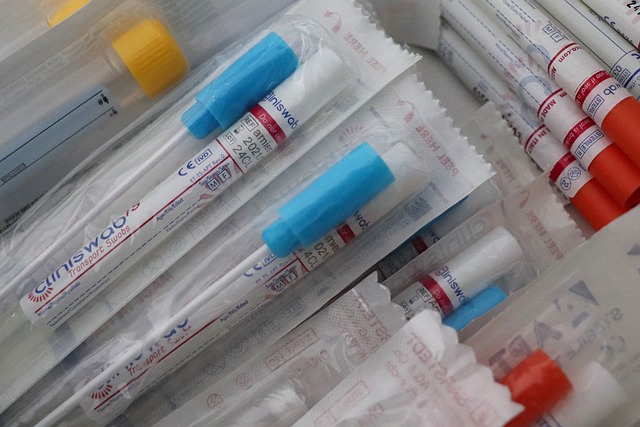
In the healthcare sector, accurate translations are more than just a convenience; they are a matter of life and death. When it comes to diagnostic test results, precise communication is vital for effective patient care. Translation services for diagnostic test results UK-wide play a crucial role in ensuring that medical data is conveyed clearly and correctly, bridging the language gap between healthcare professionals and patients from diverse linguistic backgrounds.
Misunderstandings or errors in translation can have severe consequences, leading to inappropriate treatments, delayed diagnoses, or even harm to patients. Therefore, it’s essential to engage professional translators with expertise in medical terminology who understand the subtleties and nuances of both languages involved. This commitment to accuracy not only upholds patient safety but also ensures that healthcare providers can make informed decisions based on reliable interpretations of test results, ultimately improving patient outcomes.
Challenges in Translating Diagnostic Test Results
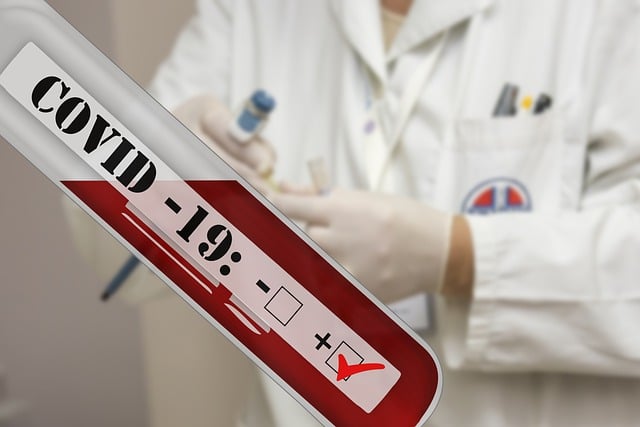
Translating diagnostic test results is a complex task that presents several challenges, especially in the healthcare sector. When it comes to medical translations, accuracy is paramount as any errors or misunderstandings can have significant implications for patient care and treatment outcomes. One of the primary difficulties lies in the technical nature of medical terminology and the constant evolution of language within the field. Diagnostic tests often introduce specialized terms and abbreviations that require a deep understanding of both the source and target languages.
Additionally, cultural nuances play a vital role in translation services for diagnostic test results UK. Different countries have distinct healthcare systems and practices, leading to variations in test reporting styles and formats. Professional translators must be adept at navigating these cultural differences while ensuring the translated content aligns with local medical standards and regulations.
The Role of Professional Translation Services
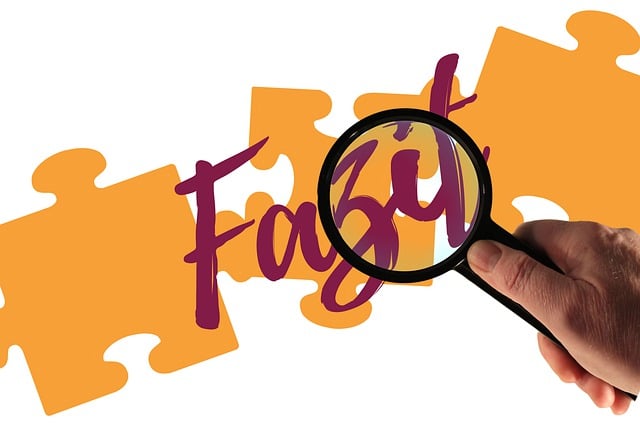
Accurate translation of diagnostic test results is paramount, especially in a multicultural society like the UK. When it comes to healthcare, where precision and clarity are vital, professional translation services play a crucial role. These services ensure that medical professionals can communicate effective, error-free interpretations of diagnostic findings to patients from diverse linguistic backgrounds.
Using specialized translation services for diagnostic test results guarantees that complex medical terminology is handled with expertise. Professional translators who possess medical knowledge can accurately convey the nuances and subtleties of medical reports in the patient’s native language, ensuring understanding and confidence in their care. This is particularly important for critical health decisions based on test outcomes.
Ensuring Quality and Precision in Medical Translations

In the realm of medical diagnostics, accuracy is paramount. When it comes to translating diagnostic test results, especially in the UK, where a diverse range of languages is spoken, ensuring quality and precision is non-negotiable. Translation services for diagnostic test results play a crucial role in facilitating effective communication between healthcare providers and patients from various linguistic backgrounds.
Reputable translation companies specializing in medical translations employ highly skilled linguists who possess not only proficiency in both source and target languages but also a deep understanding of medical terminology. They adhere to strict quality assurance protocols, including peer review and editing by subject matter experts, to guarantee the accuracy and clarity of the translated results. This meticulous approach ensures that critical information is conveyed precisely, minimizing potential errors or misunderstandings that could impact patient care and treatment outcomes.
Compliance with Regulations: A Key Aspect of Translation Accuracy

In the realm of healthcare, translation services for diagnostic test results play a pivotal role in ensuring accurate and reliable communication across languages. The UK has stringent regulations in place to maintain the integrity of medical information, particularly when it comes to patient diagnoses. Translation accuracy is not just about choosing the right words; it involves adhering strictly to these regulatory standards. Professional translators must be well-versed in medical terminology specific to each language pair they handle. This includes understanding local diagnostic criteria and coding systems to ensure that the translated results are equivalent in meaning and clinical value to the original documentation.
Compliance with regulations is a cornerstone of achieving high translation accuracy. The UK’s National Health Service (NHS), for instance, sets guidelines for interpreting and translating health-related documents. These standards focus on preserving the scientific validity, legal admissibility, and patient safety of translated diagnostic results. Translation services that cater to such specialized content must employ qualified specialists who can navigate these complex requirements, ensuring that every detail, from terminology to formatting, aligns with regulatory mandates. This commitment to compliance guarantees that patients receive clear and correct information, fostering trust in the diagnostic process and ultimately contributing to better health outcomes.
Case Studies: Real-World Examples of Translation Errors

In the fast-paced world of healthcare, where time is critical and precision matters most, translation services for diagnostic test results in the UK play a pivotal role. However, despite advancements in technology and language processing, errors do occur. These mistakes can range from minor miscommunications to severe misunderstandings that impact patient care. Case studies from real-world scenarios highlight these challenges.
For instance, a recent study revealed a case where a critical cancer diagnosis was delayed due to an inaccurate translation of medical reports. The initial translation mistakenly indicated less severe symptoms, leading to a misdiagnosis. Similarly, another incident involved a misunderstood allergy test result that resulted in patients receiving inappropriate treatments. These examples underscore the importance of meticulous and accurate translation services for diagnostic test results, ensuring patient safety and effective healthcare delivery.
Best Practices for Improving Diagnostic Result Translation Accuracy
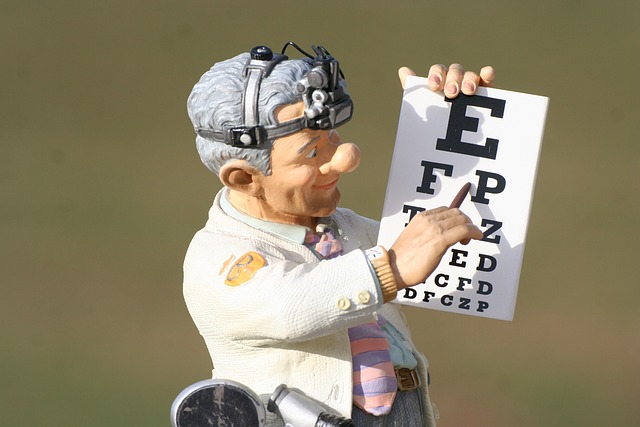
To ensure high accuracy in translating diagnostic test results, healthcare providers and facilities in the UK should adopt best practices. Firstly, only utilise reputable translation services that employ medical professionals with expertise in both language and medicine. This combination guarantees a deep understanding of technical terminology and context. Secondly, provide clear and complete source documents to translators; missing or unclear information can lead to errors. Standardisation of medical terms across languages is also crucial for consistency.
Additionally, pre-translation reviews by subject matter experts can significantly enhance accuracy. This process involves having a healthcare professional check the initial translation for medical validity before finalising it. In line with these practices, maintaining confidentiality and adhering to data protection regulations is paramount when sharing sensitive patient information during the translation process. Translation services for diagnostic test results UK should be held to these standards to ensure reliable and accurate communications across diverse languages.
The Impact of Human vs Machine Translation in Healthcare
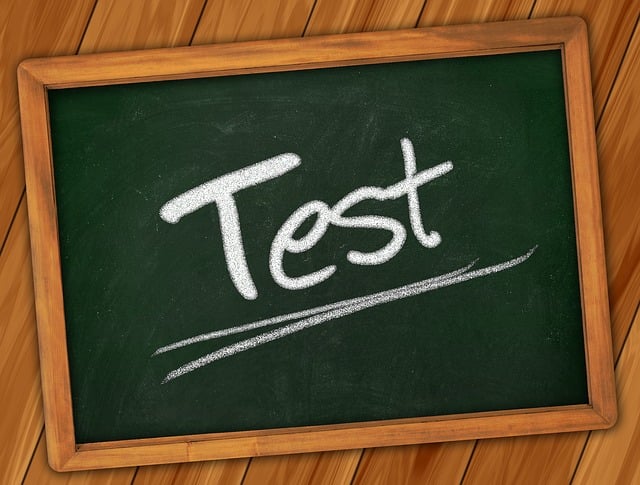
In healthcare, the accuracy of translation services for diagnostic test results is paramount to patient safety and effective communication. Traditional human translation, while often considered more nuanced, can be subject to inconsistencies due to individual interpretation and potential language barriers among translators. Machine translation, on the other hand, offers speed and accessibility, but it may not always capture subtle nuances or medical terminologies accurately.
In the UK, where diverse languages are spoken, reliable translation services for diagnostic test results are crucial. Advanced machine translation technologies backed by human oversight can bridge this gap, ensuring that critical information is conveyed with precision. This hybrid approach leverages the benefits of both methods, providing swift and accurate translations that meet the stringent requirements of healthcare professionals while adhering to strict ethical standards and data privacy regulations.
Future Trends in Diagnostic Test Results Translation

The future of diagnostic test results translation in the UK looks set to be transformed by several emerging trends. The demand for accurate and swift interpretation of medical data is driving innovation, with advancements in artificial intelligence (AI) and machine learning playing a pivotal role. Translation services for Diagnostic Test Results UK are evolving to incorporate these technologies, enabling faster processing times and enhanced accuracy. AI-powered tools can analyse vast amounts of medical literature and clinical data, improving the reliability of translations.
Furthermore, the integration of natural language processing (NLP) is expected to streamline the interpretation process, making it more efficient and user-friendly. This development will be particularly beneficial for healthcare professionals who require timely access to translated results. As technology advances, the UK’s diagnostic test result translation services aim to deliver faster turnaround times without compromising quality, ultimately improving patient care and outcomes.
In ensuring optimal patient care, the accuracy of translating diagnostic test results is paramount. The intricate nature of medical language and complex regulations necessitate professional translation services in the UK. By adhering to strict quality standards and compliance guidelines, these services can significantly reduce errors, enhance communication, and ultimately improve healthcare outcomes for patients. As technology advances and human-machine translation becomes more prevalent, a balanced approach leveraging both expertise will be crucial to maintaining high levels of accuracy in diagnostic test result translations.


